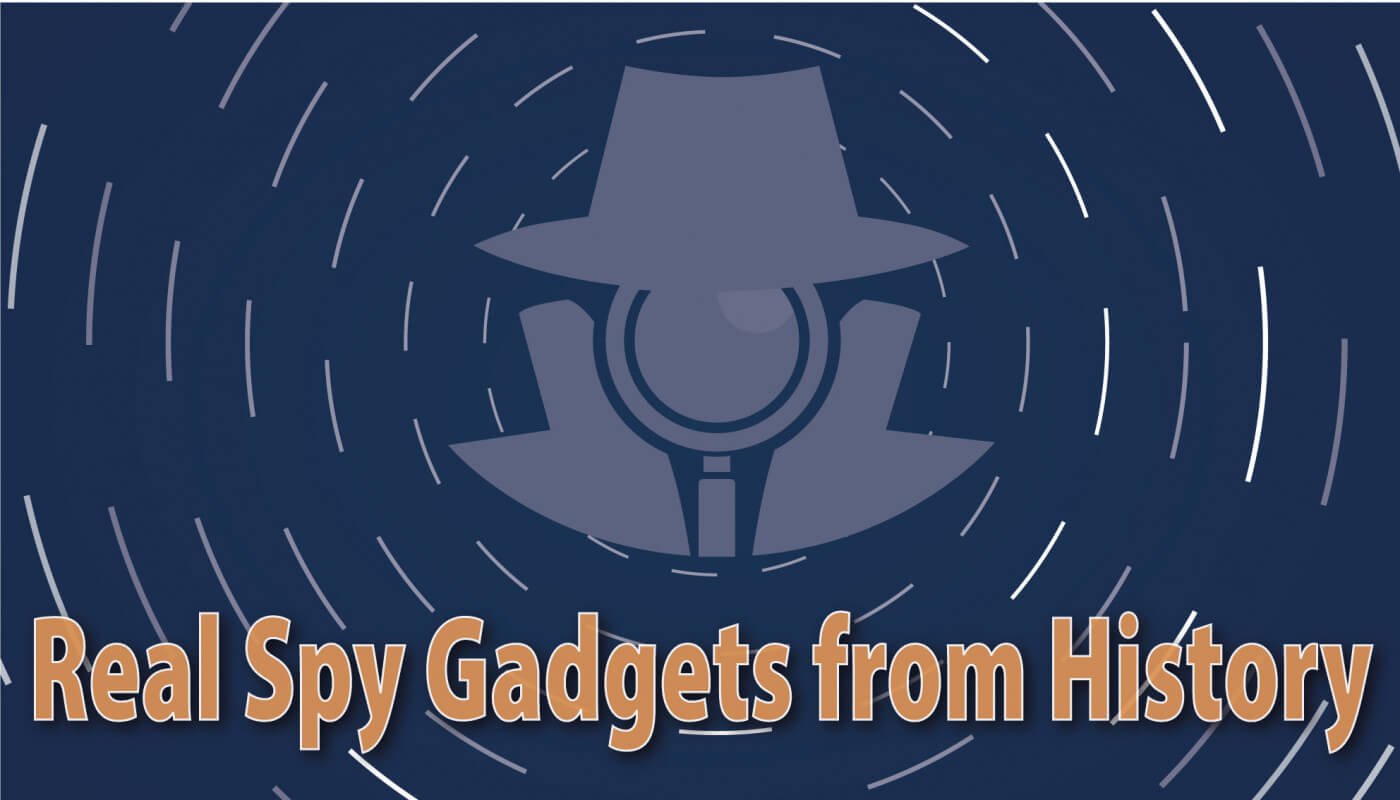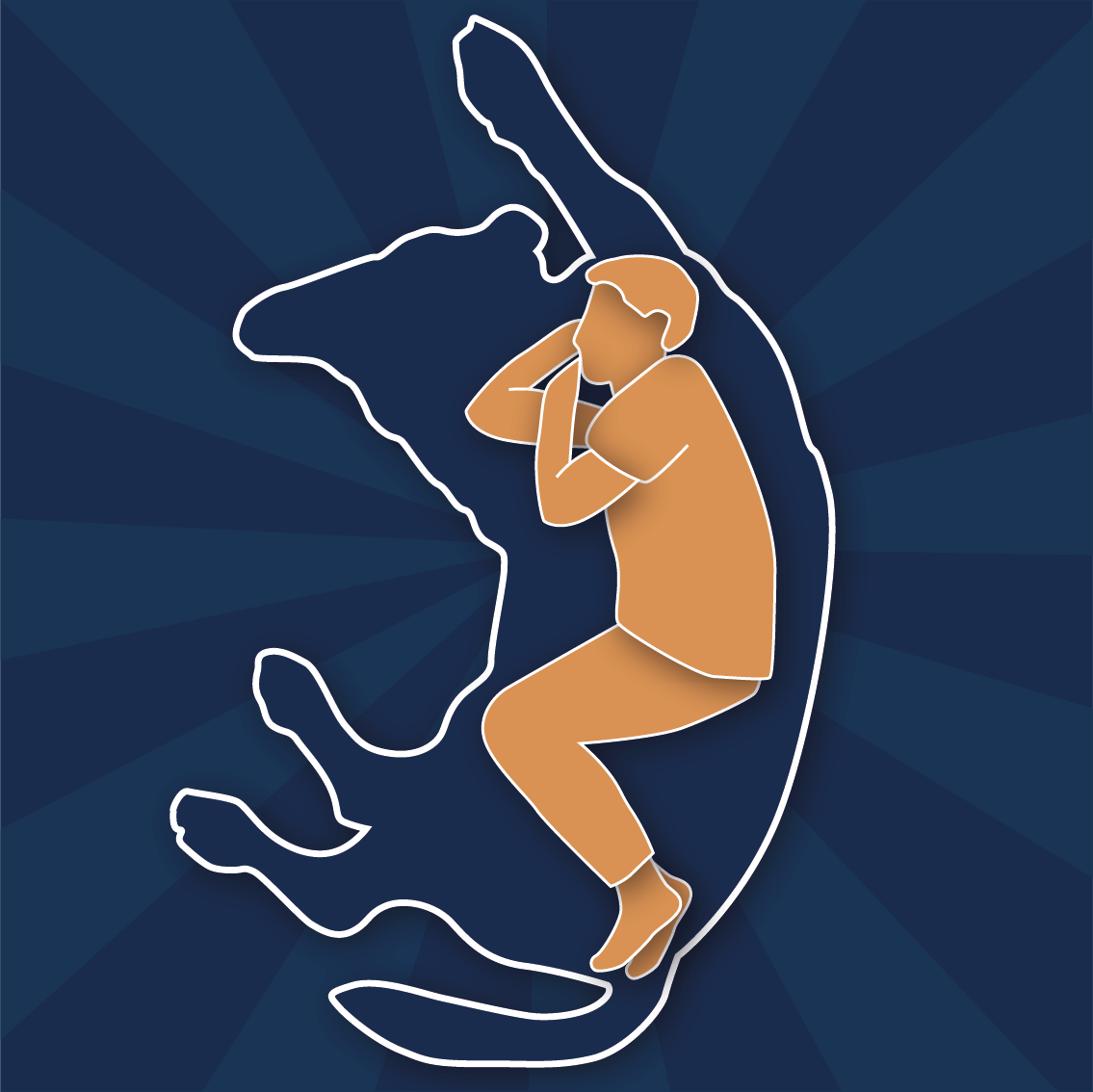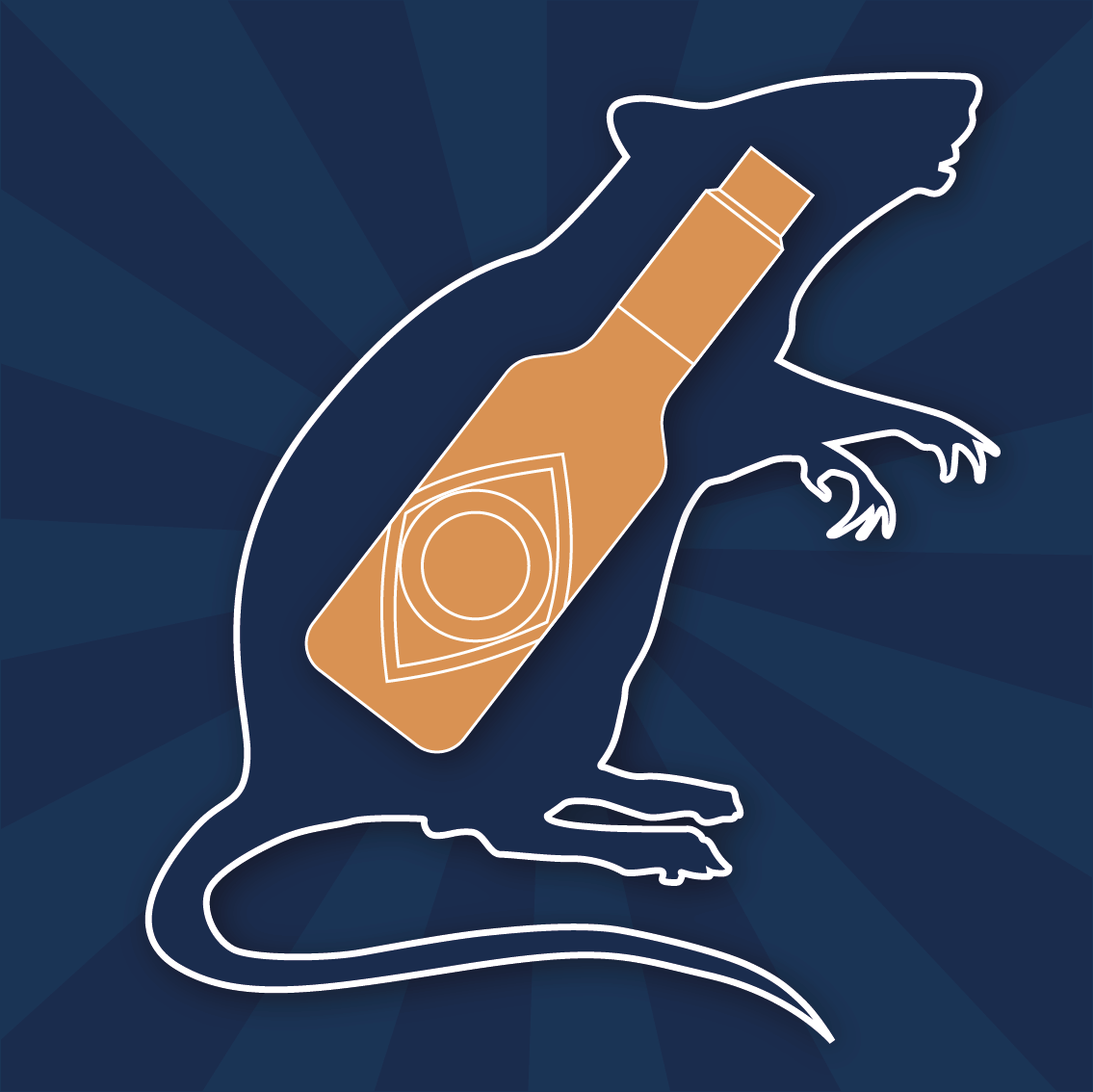We all love the spy gadgets created by Q branch for our famous on-screen spy, Commander James Bond; but would it surprise you to learn that the real spy gadgets provided to real-life operatives can be just as outlandish and impressive?
Spy agencies like the CIA in the US, the KGB in Russia, and the Stazi in East Germany all had departments dedicated to developing spy equipment for their spies; and countering the equipment developed by their opposites.
This article series will take you through 10 of our favorite spy gadgets used by old skool operatives. Some of the spy equipment brought to us by the OG spies have technology that is still in use today. Let's dive in.
The Thing
Developed by the USSR in the 1940s, “The Thing” as it came to be known as the most sophisticated piece of spy technology that had been invented up to that point. It took the form of a large, wooden US seal and contained one of the world's first passive listening devices.
Nowadays when we talk about passive devices we mean devices that don’t emit a signal and are resistant to bug sweeps, like the audio surveillance devices we stock on our website. The Thing was passive in that it contained no internal power supply and was activated only when a radio signal of the correct frequency was sent to the device from a nearby Soviet listening post.
It needed no power source so it could theoretically keep working forever. And because of its small size, its simplicity, and the fact that only rarely transmitted it was extremely resistant to discovery. It was discovered by accident 6 years after it was installed and senior surveillance analysts were so baffled by what they had found, they called it simply “The Thing”.
This clever piece of surveillance equipment was invented by Leon Theremin. Leon was most well known for making the spooky musical instrument that bears his name to make otherworldly, ghost sounds on a bunch of Beach Boys, Led Zeppelin, and Rolling Stones tracks. The technology in The Thing went on to form the basis of RFID devices, those little tags they always seem to forget to take off in the shop when you buy a new sweater. Good job Leon!
Dog concealment
As far as spy assignments go, this one given to two CIA assets working in Moscow during the Cold War is one we can get behind. A couple on the way to work in the US embassy was tasked with buying a very large dog to take with them as part of one of the best-named operations we’ve ever heard of: Lying Doggo.
The CIA then had a large hollow replica of the dog made by a professional wig maker which was big and hairy enough for a fully grown man to lay inside. Did we mention this was a Very large dog?
This couple would leave the embassy compound with their dog so often that security became used to seeing the dog curled up on the back seat and waved them through checkpoints. We guess they took the adage “let sleeping dogs lie” a little too much to heart because they never bothered to check on the dog when it was asleep.
Can you see where this is going? When the Americans needed to move someone around Moscow, they would swap out the real dog for the hollow one. The operative would curl up under the fake dog and be delivered to their destination without being hounded by Russian authorities (sorry, not sorry).
Jack in the box
Keeping with the Wacky Races style of spy tools used during the Cold War is the Jack in the Box. This was a small briefcase that could be kept in a car that contained a rapidly inflating dummy which when deployed would pop up, like the autopilot in Airplane.
This device was also used to transport assets around hostile territory when US staff were under constant surveillance. A vehicle would leave a secure area with two people inside, one driver and one case officer who needed to escape surveillance. They would then follow a pre-planned route that they knew well and attempt to get briefly out of sight of the car which they knew would be following.
Usually, the driver would take two turns in quick succession, not using their blinkers and with the brake lights disconnected so that the follow car was taken unaware. This sometimes led to cases where the follow cars actually crashed, but usually, the car would just pull in quickly, let the asset out and then deploy the jack in the box.
The follow car would see a car with two silhouettes in it, lose sight for a second, and the next time they see the car, there would still be two silhouettes in it while the case officer walks calmly down the street.
Dead Rat Dead Drop
A dead drop is a way to communicate with, or leave things for, an asset in the field when it would be compromising to meet directly. You hide instructions, money, or equipment, in a predetermined place and leave out a signal for the asset so they know to go to the dead drop and collect whatever is there.
It's a great way to ensure operational security and still let agents and case officers communicate because there is no face-to-face contact but it has one major flaw. Whatever you use to disguise the package must be left unattended for some time. It shouldn’t be picked up and played with by kids and should be repellent enough that most adults will refuse to touch it.
Introducing the dead rat dead drop. Most people, all over the world, will not touch or move a dead rat. This is exactly why the CIA taxidermied hundreds of the little critters, hollowed out like Fido up above and filled them up with cash and instructions for their agents in the field.
But just because people won’t touch a dead rat doesn’t mean animals won’t. Your carefully folded up cash and operational instructions are no use to anyone if Mr. Whiskers has taken them off to wherever cats take stuff to. This is why all of the later models of the dead rat dead drop were sprinkled liberally with Tabasco sauce. Spies are a weird bunch.
So that's our rundown of a few of the spy gadgets that have been used throughout history. Weird and wonderfully we’re sure you’ll agree. If you want to check out a few more practical spy gadgets for your day-to-day use, why not have a look at some of our products?







